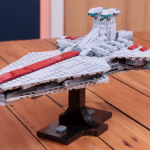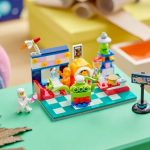LEGO Icons 10326 Natural History Museum – before you buy
The newest LEGO modular building launches a month earlier than expected on Friday, but should you be first in line? Here’s all you need to know before you buy 10326 Natural History Museum.
Arriving on shelves December 1 rather than January 1 (as has been the case since at least 2015), 10326 Natural History Museum departs from its predecessors in more ways than one. It’s the biggest set in the range of all time (by just 12 pieces), boasts a bigger footprint than most, and also moves away from including multiple businesses within a single set.
But was this the right time to tweak the formula, and is it enough to make 10326 Natural History Museum a day-one purchase? Find out everything you need to know about the latest modular building below.
It’s a checklist of museum archetypes
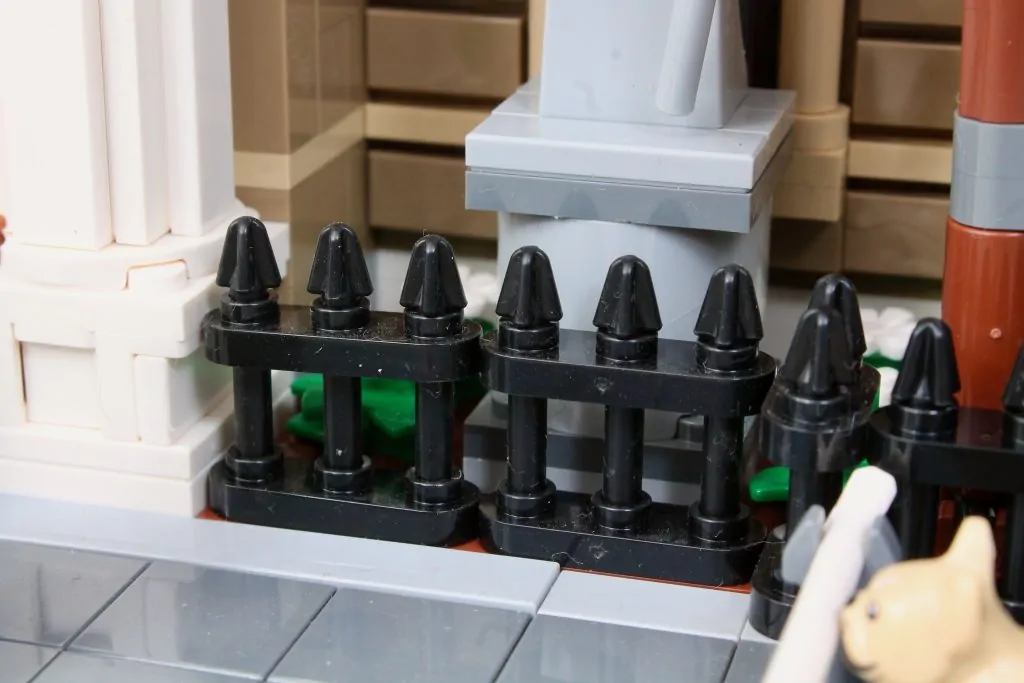
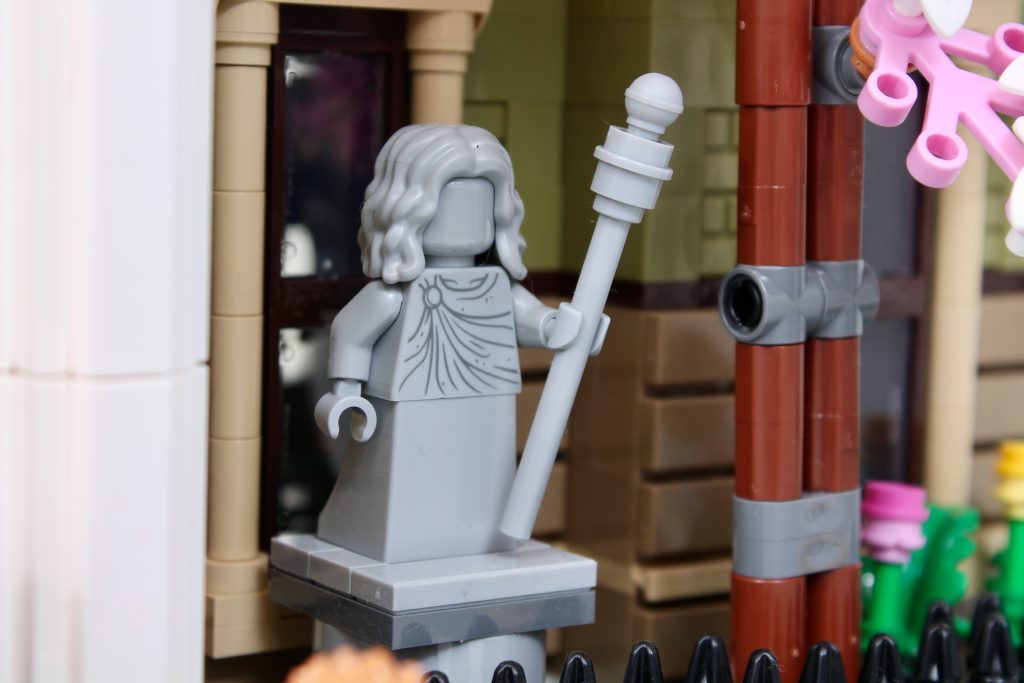
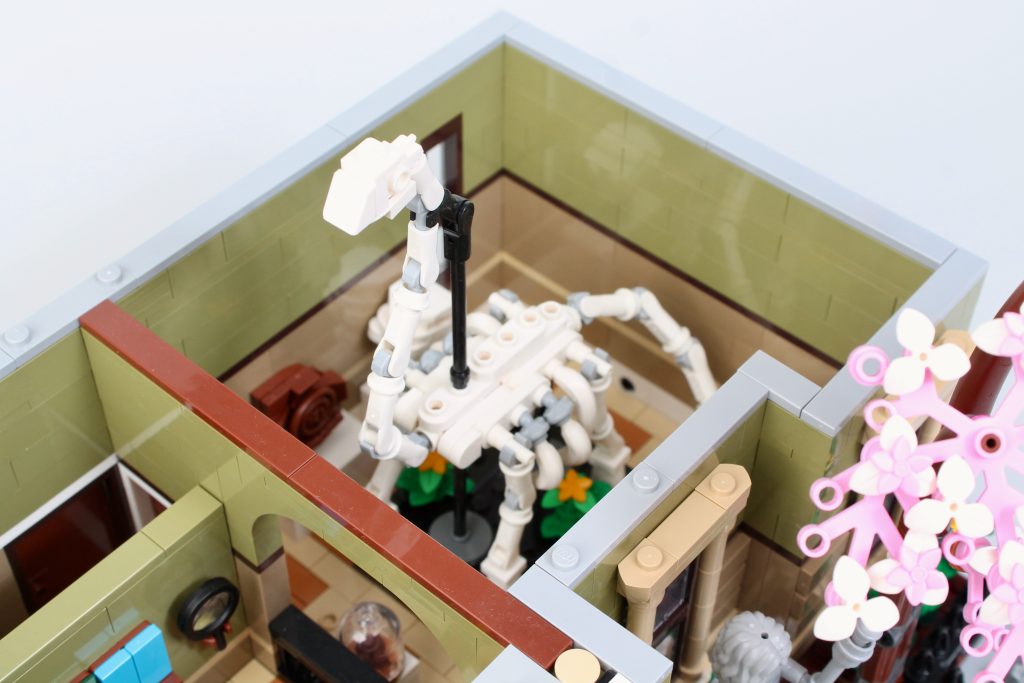
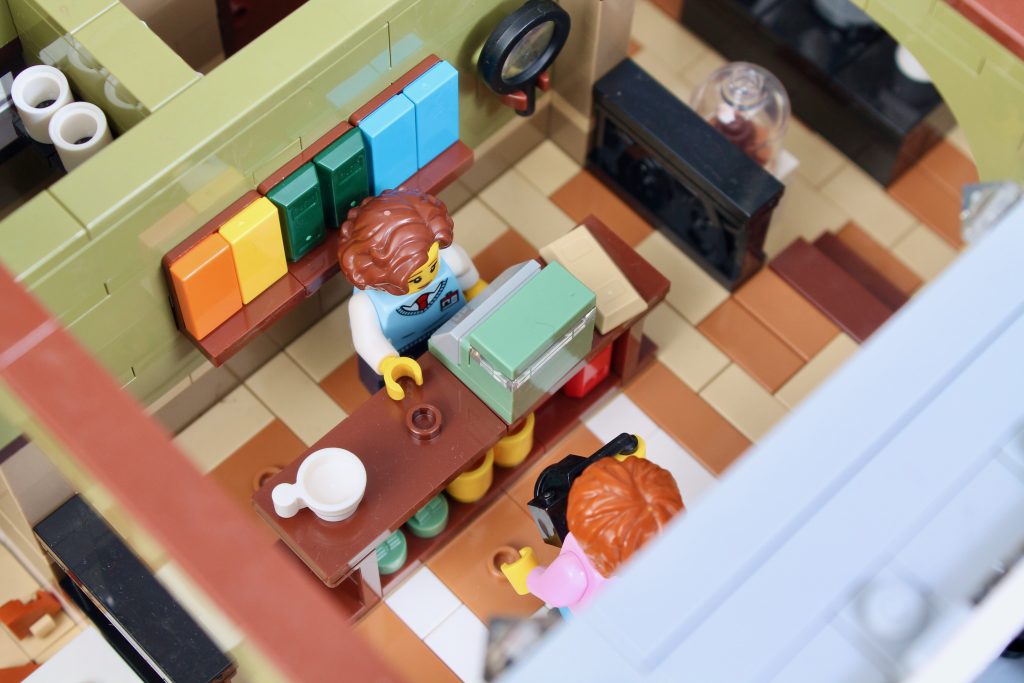
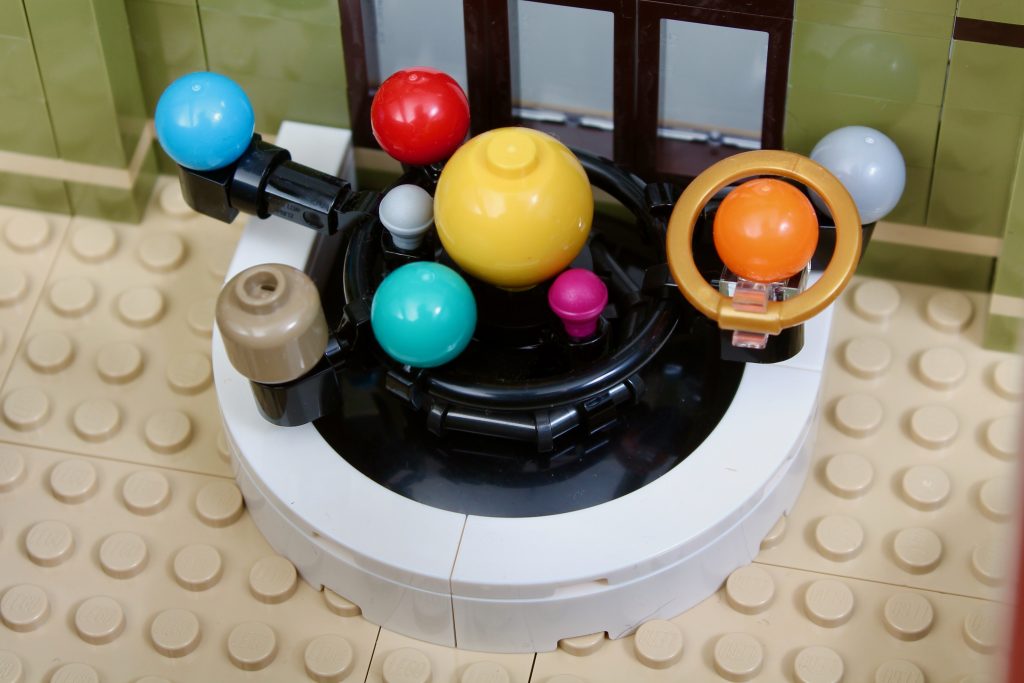
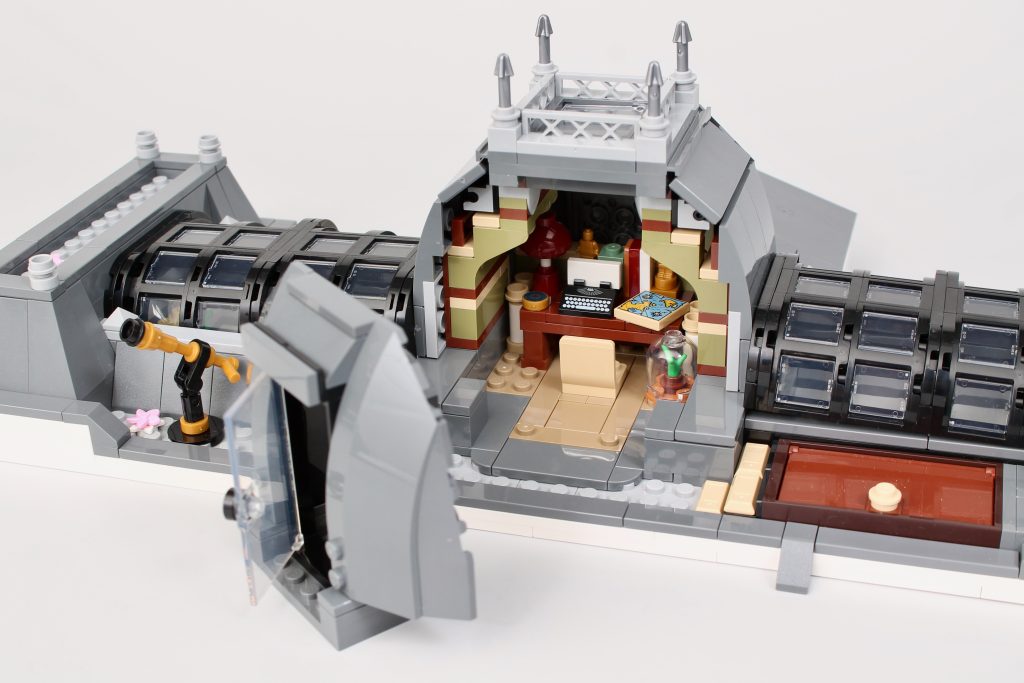
Picture a museum in your head: there’s a good chance it looks like this. 10326 Natural History Museum boils all the essential qualities of any good museum down into a single model, which makes sense given we’ll probably never see another museum in the Modular Buildings Collection. Designer Chris McVeigh took inspiration from more than 100 museums when putting it together, and has taken the opportunity to bring to life a veritable checklist of museum archetypes.
From its grand architecture (wrought-iron fences, towering pillars, statues and domed roof) to its airy interiors, countless exhibits, brachiosaurus skeleton, gift shop and rooftop skylights, this is as quintessential as it gets.
It puts its increased size to good use…
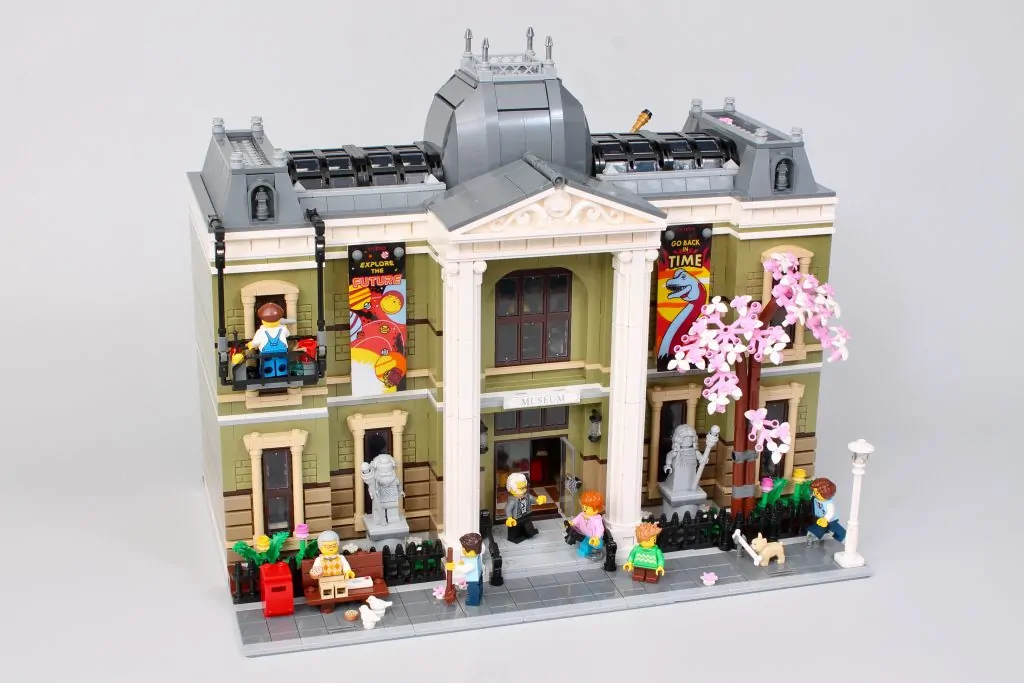
10326 Natural History Museum is the first LEGO modular building to sit over a 48-stud-wide base since 2017’s 10255 Assembly Square, and only the second ever to burst beyond the borders of a 32×32 footprint. Chris McVeigh says that was always on the cards, and rightly so for a building that’s typically the most prominent in any major city.
It makes good use of that increased width, too, devoting its entire footprint to the museum – unlike recent modular buildings, which have split focus between a jazz club and pizzeria, or a boutique hotel and art gallery. That’s given the design team maximum space to play with inside and out.
…but it was fighting a losing battle from day one

It might be wider, but the real question is: could 10326 Natural History Museum ever have been big enough? It’s bigger than its contemporaries horizontally, but at only two floors tall, suffers vertically next to the likes of 10312 Jazz Club and 10297 Boutique Hotel. It’s an issue of scale more than anything, and means that this is a set that might sit better distanced from the rest of your Modular Buildings Collection, rather than sandwiched between previous models.
That gels with how museums are typically situated within major cities, though it’s worth remembering that smaller museums exist too. And like all modular buildings, you can always make it bigger. Which brings us to…
It’s geared more than ever towards expansion
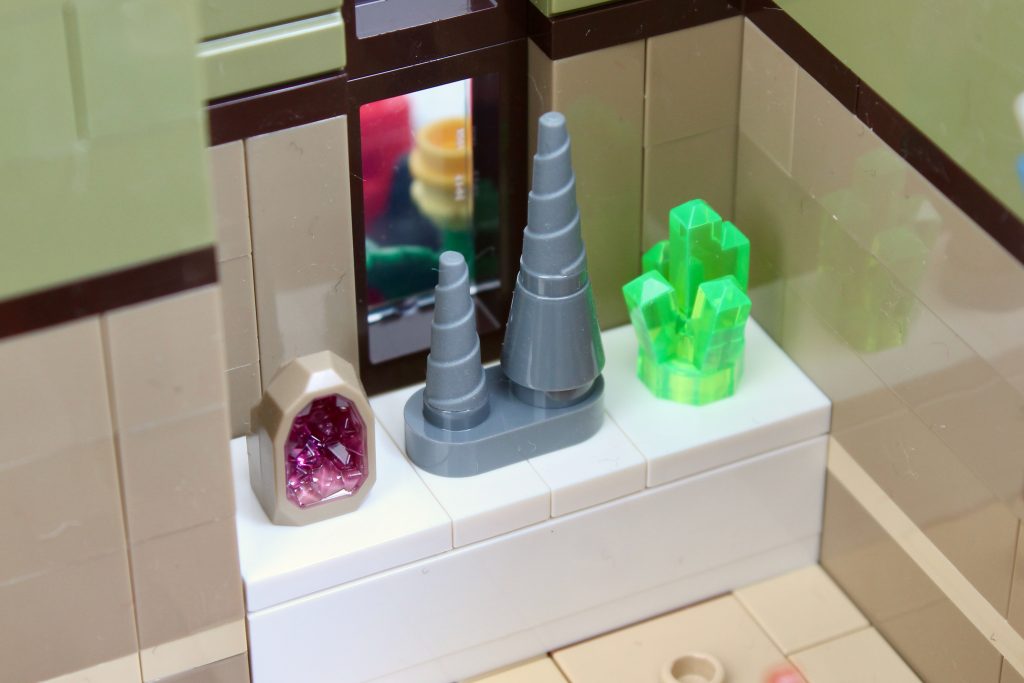
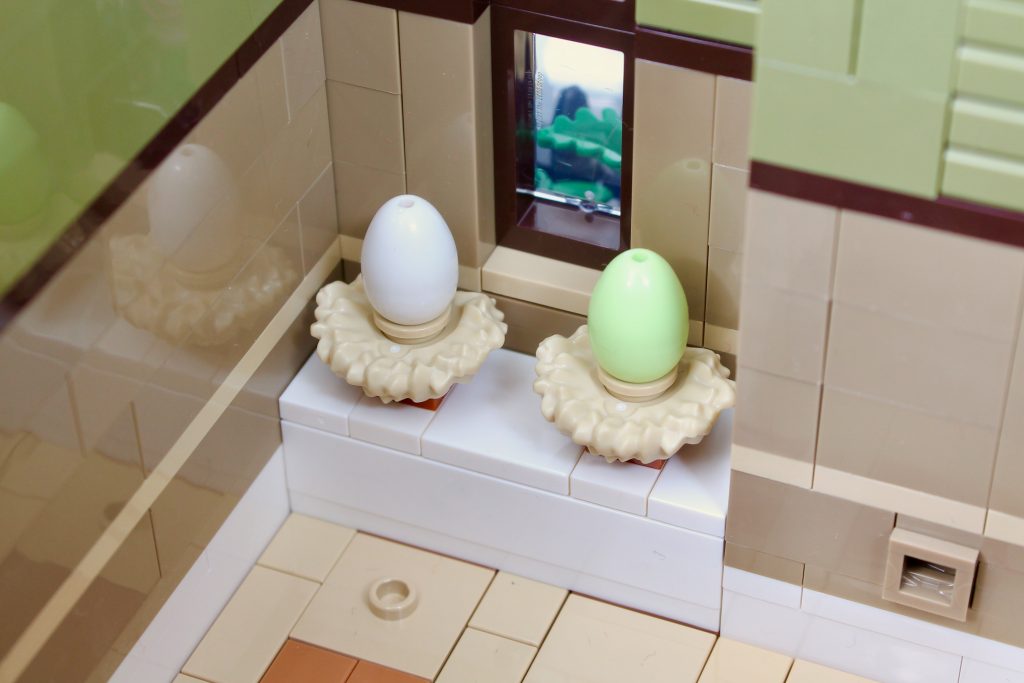
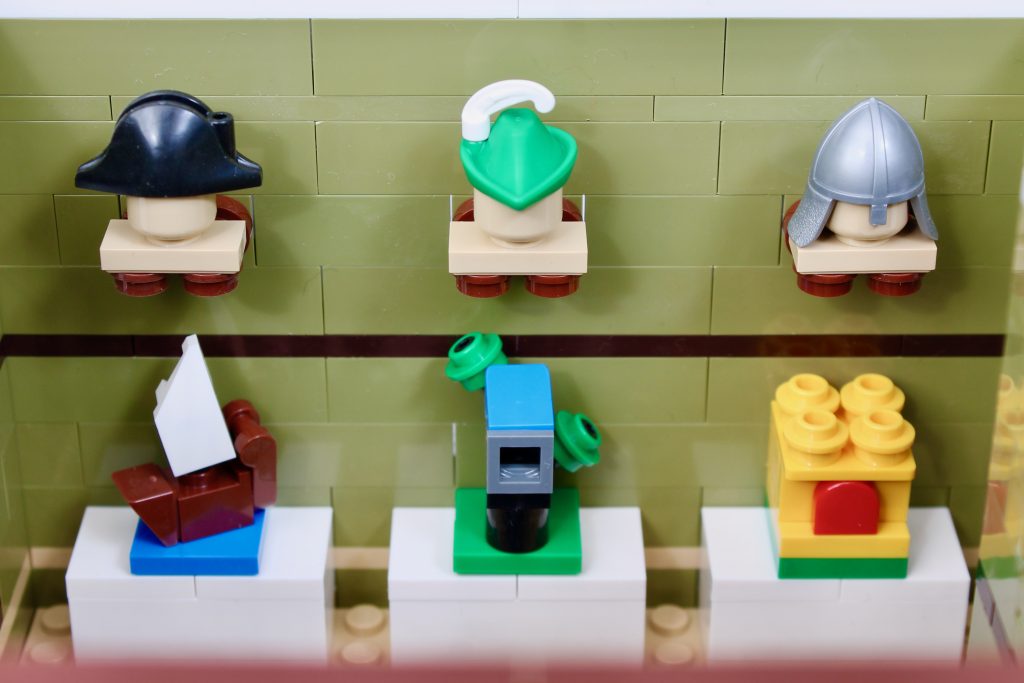
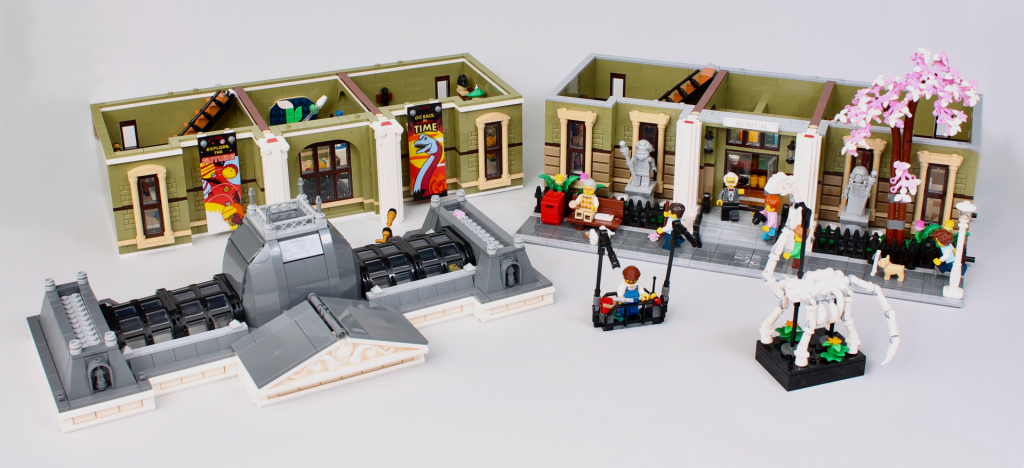
As early as 10182 Café Corner, the LEGO Group was playing up the potential of combining multiple copies of single modular buildings, encouraging fans to make the original entry in the series taller and wider. Certain sets since have not necessarily been as easy to expand – especially those that incorporate multiple businesses within a single block – but 10326 Natural History Museum is absolutely geared towards growth.
That’s not only in the relative simplicity of its upper floor, but also in the way Chris McVeigh has designed each and every one of the museum’s exhibits. Rather than integrating them into the walls or floors of the set, they’re pretty much all built separately, which means they can be easily removed and swapped out with alternative exhibits (or brought with you to a real-life museum, if you like).
So even if you don’t choose to add extra floors to your copy, you can always get to work customising the inside. But as some keen fans are already demonstrating, you might struggle to stop at buying just one copy.
The price is just about right
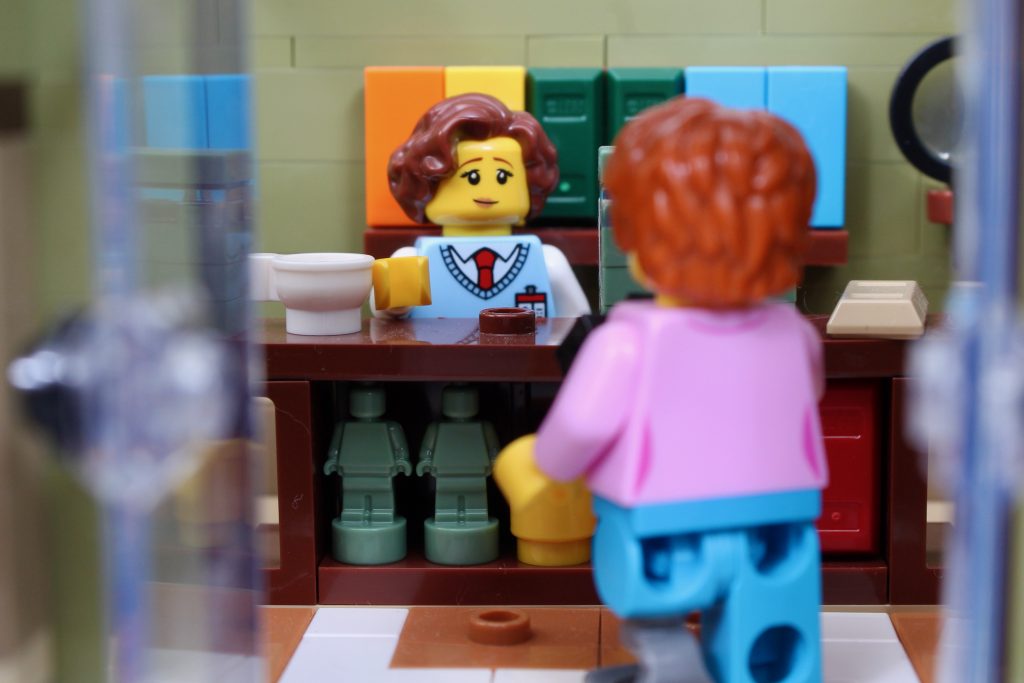
The good news, then, is that you won’t feel short-changed by the amount of LEGO you’re getting for your money – no matter how many copies you buy. With 4,014 pieces in the box for £259.99 / $299.99 / €299.99, 10326 Natural History Museum is equivalent in price and plastic to 10255 Assembly Square (as it reaches the end of its shelf life), and when all’s said and done feels like good value for the price paid.
The build is entertaining as always in these sets, if not especially mind-blowing – it prioritises aesthetics over techniques – and the size of the finished product compared to recent LEGO modular buildings is impressive. You’re effectively getting a building that’s 50% bigger than 10312 Jazz Club and 10297 Boutique Hotel for only £60 / $70 / €70 more than those sets.
Before you buy 10326 Natural History Museum
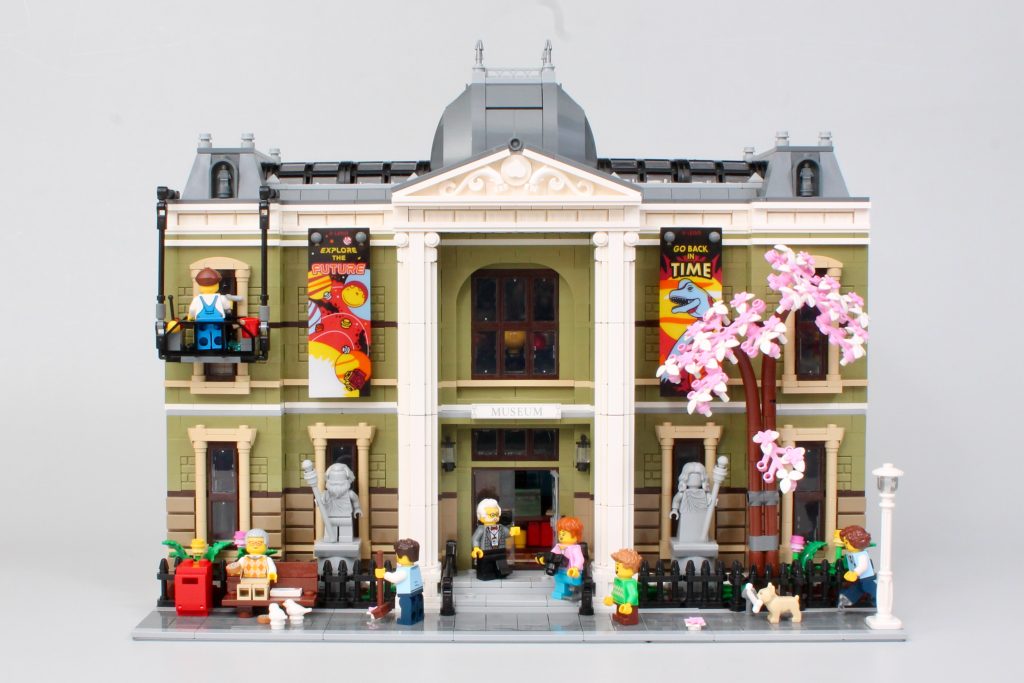
Should you buy 10326 Natural History Museum? If you’re a staunch collector of all things modular building, you’ve probably already smashed that pre-order button (and might well have received it by now – the LEGO Group has been sending sets out early to some lucky shoppers). But if you’re a little more selective with your modular buildings, is this one to make room for in your collection?
The answer is a resounding, straightforward yes – provided you can cope with the colour scheme, which has already divided many fans, and can find a suitable place in your line-up that suits the set’s slightly skewed scale. But both of those sticking points are so subjective that 10326 Natural History Museum is otherwise easy to recommend, offering strong value, an enjoyable build, a credible minifigure line-up with which to populate the museum, and what can only be described as the quintessential museum experience in LEGO. Adjusting the formula has definitely paid off.
10326 Natural History Museum launches December 1 for £259.99 / $299.99 / €299.99, and is available to pre-order now. Check out our full review of the set here.
Support the work that Brick Fanatics does by purchasing your LEGO using our affiliate links. Thanks!
Author Profile
- I like to think of myself as a journalist first, LEGO fan second, but we all know that’s not really the case. Journalism does run through my veins, though, like some kind of weird literary blood – the sort that will no doubt one day lead to a stress-induced heart malfunction. It’s like smoking, only worse. Thankfully, I get to write about LEGO until then.
Latest entries
Builds10/05/2024How to build a midi-scale LEGO Star Wars Venator using just one set (and 13 extra pieces)
News10/05/2024First details on LEGO 2025 sets – Ideas, Architecture, Jurassic World and more
July 2024 sets10/05/2024More details on rumoured LEGO BrickHeadz 40748 Batman 8-in-1
News10/05/2024LEGO 40687 Alien Space Diner GWP availability rumoured


